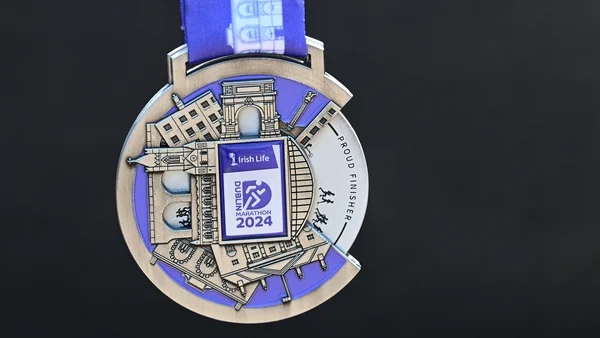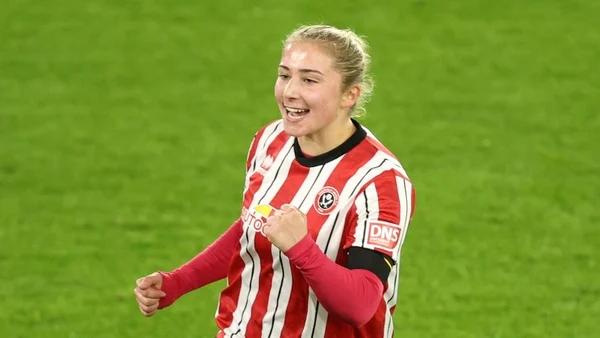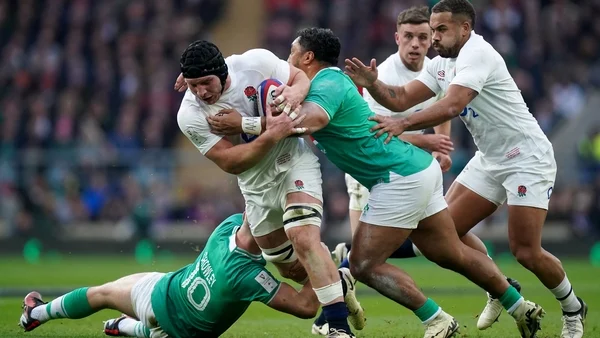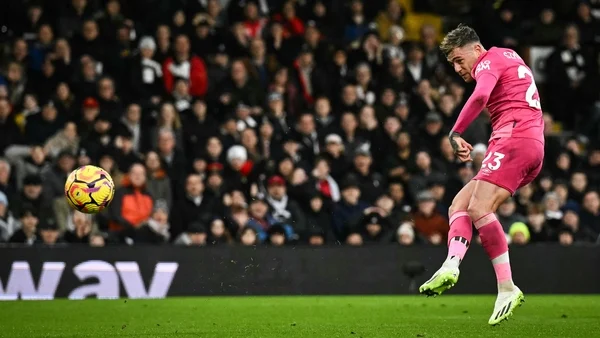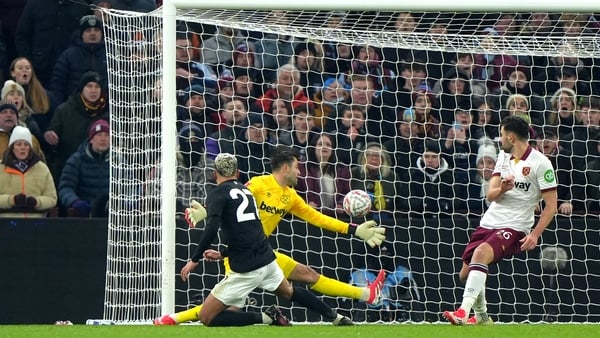The Irish Life Dublin Marathon is in rude health. For this year's edition, the 43rd staging of the event, there were 40,000 entry requests.
Only 22,500 can be accommodated on Sunday, which starts with the wheelchair participants at 8.40am and four waves of participants over the subsequent hour.
There are minor adjustments to this year’s route – a new start line on Leeson Street Lower and the finish line moved to Mount Street Upper – but Europe’s fourth-largest marathon remains one of the most well-respected and popular on the calendar.
The Bank Holiday weekend is now synonymous with the 26.2 mile trek around the capital, with tens of thousands lining the streets to create a carnival like atmosphere along the route.
According to a financial report by UCD, the marathon raises an estimated €26.5 million for the city.
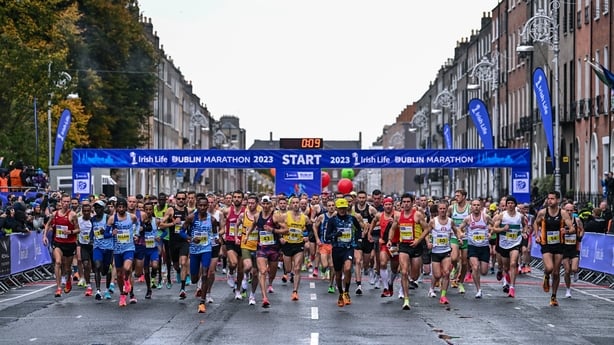
Yet it hasn’t always been this way, and for many years the marathon struggled from one year to the next, desperately seeking sponsors and attempting to raise the profile of the event both domestically and internationally.
After breaking ground in 1980 with the launch of the first-ever Dublin marathon, the early editions were unqualified successes.
By 1982, 11,076 registered to take part, making it the fourth-biggest marathon after London, New York and Honolulu, yet financial concerns were never far from the surface.
It was certainly a different time. There was no chip timing, mass signage or bag drops. Little heed was paid to those under the age of 18 that wished to participate.
Conor Faughnan clocked a time of four hours 20 minutes competing as a 12-year-old in 1981.
"The crowds were so big that there were 30 minutes on the race clock before I passed under the start gantry," he told journalist Sean McGoldrick in 'The Dublin Marathon: Celebrating 40 Years’.
"It took another mile or two before the field had thinned out to the point where I could actually run. My time over the ground was probably more like 3.50 which was more in keeping with my training times."
Entry into the maiden marathon cost £1.50, yet a year later this was raised to £5 when it was revealed at the time that the full cost of the entry was £20.
While costs and sponsorship issues bobbed away below the surface, interest continued to soar.
The 8,748 finishers that crossed the line in 1983 was the highest total until 2008. By contrast, during the lean years of the 1990s, the average number of finishers hovered around the 3,000 mark
Three-time winner Dick Hooper has always believed there is a correlation with the economy, the 80s and post-Celtic Tiger era figures gives strength to that argument.
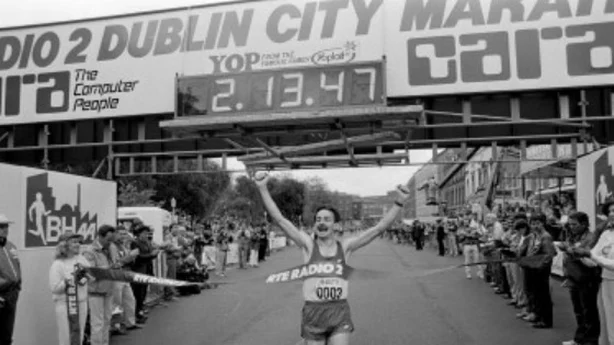
By 1989 the financial squeeze was evident when the prize fund was slashed by more than 80%.
A coal company – keen to publicise its product due to new industry regulations - came on board for three years with the slogan ‘CDL Coallite are happy to keep the Dublin City Marathon flame burning’.
When the company decided not to renew, 1992 was Groundhog Day and the scramble for a sponsorship resumed. With confirmation required for the international marathon calendar that Dublin was again taking its place, the event had in effect six weeks to stay in existence.
Golden Pages stepped into the breach with the added bonus that the marathon entry form was published in the phone directory in the majority of Irish homes. Other than the inaugural event, 1992 saw fewer race finishers (2,414) that any time previous or since.
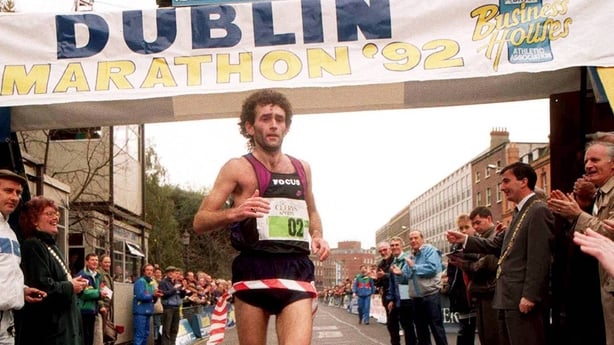
The behemoth we now know today was on life support. A major shot in the arm came when current race director, Jim Aughney, took charge from 1997, bringing fresh ideas and a more professional approach.
He soon targeted foreign entries as means of boosting the slack numbers.
When London rejected an approach from North American-based charities to enter their marathon, Aughney spotted an opening and used part of the marketing budget to attend expos of major international marathons.
In 1998, 356 overseas runners shipped up to the start line. By the turn of the millennium, there were more runners from the US and Canada running in Dublin than Irish runners.
Last year, 12% of the field were overseas runners, a figure that has been holding steady according to Aughney.
Perhaps the single biggest factor however in increasing numbers steadily to where they stand today was the creation of the Marathon Race Series in 2002. The introduction of a five-mile, 10-mile and half marathon events proved a fruitful recruitment ground for the event. The 10km race was later added.
"This was the single most influential factor in deciding the fate of the Dublin Marathon," McGoldrick wrote in his detailed history of the event.
"It has built a strong running community, helping both new and experienced runners prepare for the marathon," Aughney says.
"These positive experiences have given runners evidence that their Dublin marathon experience will be a positive one and drove the overall demand."
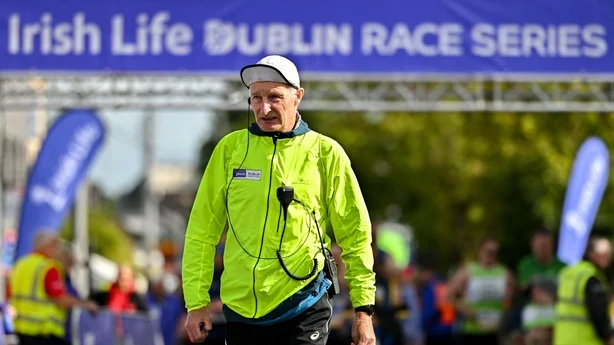
The race series has also helped address gender imbalance. The series is roughly split 60:40 in favour of men, but historically that figure has been far more lopsided for the marathon.
Last year female representation climbed to 33%, but that work continues.
"We have made progress in the number of female participants, but we are continually looking at ways to increase the number to have a ratio more in line with the race series," Aughney says.
Noted for his calm demeanour, Aughney insists that the biggest threat to the event came courtesy of Covid.
"The pandemic years of 2020 and 2021, where the races had to be postponed, were the most significant threats in recent history. There are always challenges in organising a marathon of but none of these posed a serious risk of outright cancellation in non-pandemic years."
When you consider the London marathon (with a record 53,000 finishers this year) has approximately 120 full-time members of staff, while Dublin’s full-time staff numbers can be counted on a single hand, one can appreciate the size of the challenge facing Aughney and his dedicated team on an annual basis.
